How to Plant Olive Tree: Tips for Healthy, Fruitful Growth
- March 26, 2024
- 0 comment
Learn how to plant Olive Trees, symbols of peace, wisdom, and longevity, known for their gnarled trunks and silvery leaves. This guide will walk you through the rewarding process of adding these beautiful and fruitful trees to your landscape, whether you’re aiming to enhance your garden’s aesthetic, enjoy homegrown olives, or connect with Mediterranean traditions.
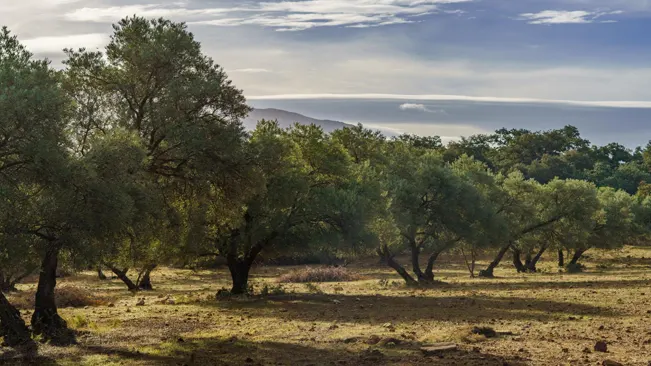
Olive Tree Benefits
| Benefit | Description |
|---|---|
| Rich in Healthy Fats | Olives are a great source of monounsaturated fats, particularly oleic acid, which is known for its heart-healthy effects. |
| Good for Heart Health | The fats in olives can help lower bad cholesterol (LDL) levels while maintaining good cholesterol (HDL). This reduces the risk of heart disease. |
| Antioxidant Properties | Olives are rich in antioxidants like vitamin E and polyphenols, which can help protect cells from damage, reduce inflammation, and lower the risk of chronic diseases such as cancer. |
| Beneficial for Bone Health | Some studies suggest that the polyphenols in olives may help prevent bone loss and improve bone mineral density, contributing to better bone health. |
| May Aid in Weight Management | Although high in calories, the healthy fats in olives can help in weight control by promoting a feeling of fullness and reducing appetite. |
| Anti-inflammatory Effects | The compounds in olives, especially oleocanthal, have anti-inflammatory properties, which can be beneficial in reducing pain and inflammation, similar to the effects of ibuprofen. |
| Supports Brain Health | The antioxidants in olives may help protect brain health by reducing oxidative stress and inflammation, which are factors in neurodegenerative diseases like Alzheimer’s. |
| Improves Digestive Health | The fiber in olives can promote digestive health by aiding in digestion and preventing constipation. Additionally, olives contain a good amount of water, which helps maintain hydration in the digestive system. |
| May Have Antimicrobial Effects | Certain compounds in olives, particularly oleuropein, have been found to have antimicrobial properties against various bacteria, potentially offering some protective health benefits. |
| Skin and Hair Health | Thanks to their antioxidant and anti-inflammatory properties, olives can contribute to healthier skin and hair. They help in hydrating skin, reducing UV damage, and possibly promoting hair health. |
List on How To Plant Olive Tree
- Choosing the Right Variety
- Selecting a Location
- Planting Your Tree
- Caring for Your Olive Tree
- Harvesting Olives
Choosing the Right Variety
The first step in selecting the right olive tree variety is understanding the climate of your region. Olive trees are native to the Mediterranean, so they naturally thrive in environments with hot, dry summers and mild, wet winters. They are best suited to regions with a long, warm growing season and a winter that’s not too harsh.
Cold-Tolerance
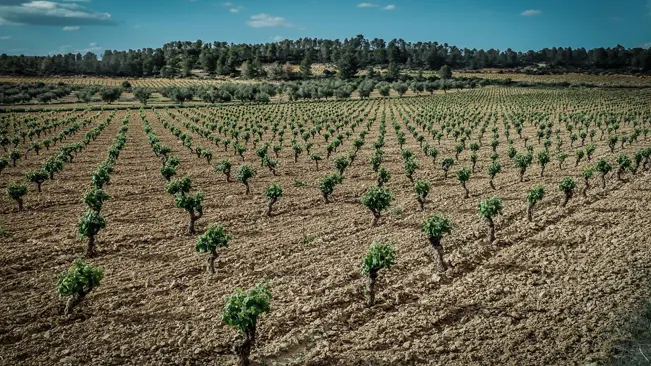
- If you live in an area with colder winters, it’s crucial to choose a variety that can withstand lower temperatures. While olive trees can survive occasional frosts, prolonged exposure to freezing temperatures can damage or kill the tree. Varieties known for their cold tolerance include ‘Arbequina’, which can withstand temperatures as low as 20°F (-6°C), and ‘Leccino’, another robust variety known for its resilience.
Arbequina
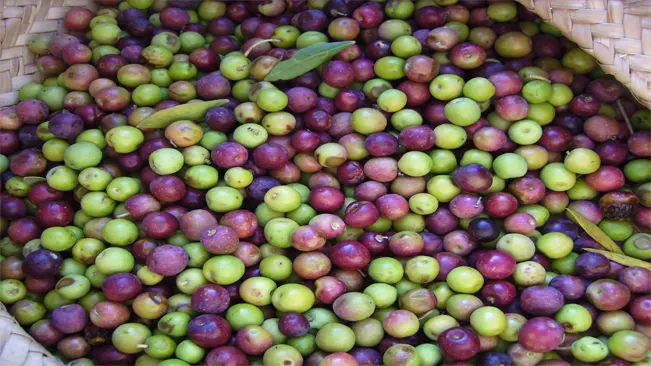
- Origin: Catalonia, Spain.
- Size: Small, perfect for containers or smaller spaces.
- Fruit: Produces small, flavorful olives that are excellent for oil production.
- Growth Rate: Fast-growing and begins to bear fruit quickly, usually within 2-3 years of planting.
- Climate Suitability: Adapts well to both warm and moderately cold climates.
Manzanillo
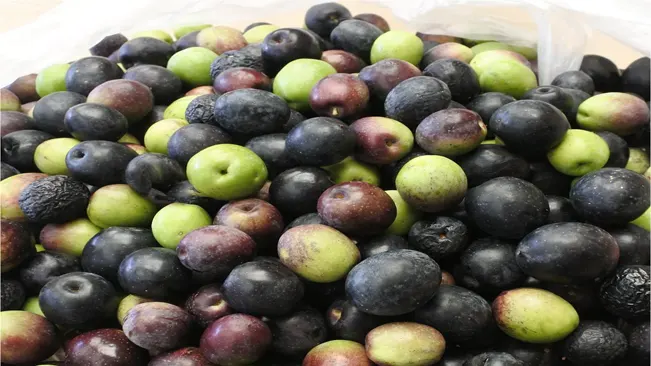
- Origin: Spain.
- Size: A larger, spreading tree.
- Fruit: Known for its large, flavorful olives, often used for table olives as well as oil.
- Growth Rate: Moderate.
- Climate Suitability: Prefers warm climates and may not tolerate extreme cold as well as some other varieties.
Frantoio

- Origin: Tuscany, Italy.
- Size: Medium to large, with a spreading canopy.
- Fruit: Highly regarded for its superior quality oil, with a fruity flavor.
- Growth Rate: Moderate to fast.
- Climate Suitability: Adapts well to various climates, including cooler regions.
Other Factors to Consider
- Soil Type: Olive trees prefer well-drained soil. Even if you choose a hardy variety, poor drainage can lead to root rot.
- Space and Size: Consider the mature size of the tree. Some varieties, like ‘Arbequina’, are more compact, making them suitable for smaller gardens or containers.
- Pollination: Most olive trees are self-fertile, but having more than one variety can improve pollination and increase yield.
- Purpose of Olives: Are you growing olives for oil or as table olives? Different varieties are better suited to different uses. For instance, ‘Frantoio’ is excellent for oil, while ‘Manzanillo’ is great for eating.
Selecting a Location
Olive trees require a spot that receives at least six hours of direct sunlight daily. They prefer well-draining soil; standing water can lead to root rot. If your soil is heavy or clay-like, consider planting your tree in a raised bed or container to improve drainage.
The Importance of Sunlight
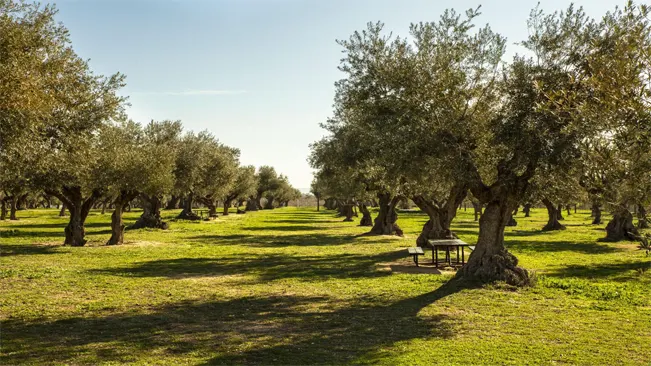
- Olive trees are sun-loving plants. They require at least six hours of direct sunlight daily to thrive. This sunlight is crucial for photosynthesis, which helps the tree produce energy for growth and fruit production.
- When choosing a location, observe the area during different times of the day to ensure that the chosen spot consistently receives ample sunlight.
Understanding Soil Requirements
- Olive trees prefer well-draining soil. This is because their roots are prone to rot in waterlogged conditions. Good drainage ensures that excess water moves away from the root zone.
- If your garden soil is heavy or predominantly clay, it might retain more moisture than is ideal for an olive tree. In such cases, consider altering the soil structure or choosing a different planting method.
Amending Heavy or Clay-Like Soil
- To improve drainage in heavy soils, mix in organic matter such as compost or well-rotted manure. This addition will help break up dense soil particles, enhancing water drainage and aeration.
- Consider adding sand or gravel to the soil. These coarse materials create larger spaces in the soil, allowing water to drain more effectively.
Alternative Planting Methods
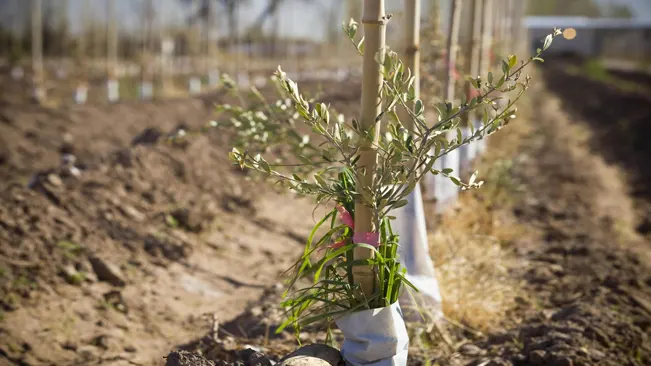
- Raised Beds: If your soil conditions are not ideal, planting olive trees in raised beds is an excellent alternative. Raised beds offer better drainage and allow you to control the soil composition.
- Containers: Growing olive trees in containers is another viable option, especially if you have limited space or unsuitable ground soil. Containers provide excellent drainage and the flexibility to move the tree if needed. Ensure the container is large enough (typically at least 18-24 inches in diameter) and has drainage holes.
Planting Your Tree
Timing
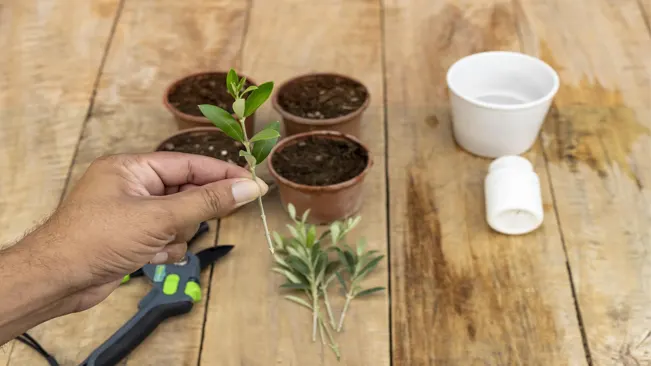
- Why Timing Matters: The timing of planting is crucial for the establishment of the olive tree. Planting during extreme temperatures (hot or cold) can stress the young tree.
- Spring Planting: In spring, the soil is warming up, which encourages root growth. There’s also typically more natural rainfall, aiding the tree’s establishment.
- Fall Planting: Early fall planting allows the tree to establish roots before the winter, taking advantage of the warm soil and cooler air, which is less stressful for the tree.
Preparing the Site
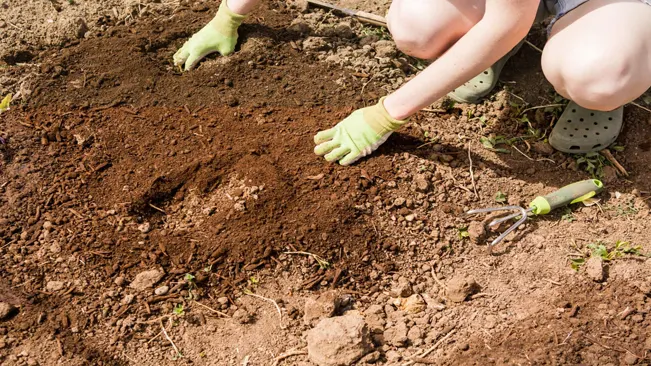
- Site Selection: Ensure the location gets full sunlight and has good drainage.
- Hole Preparation: The hole’s size is critical. It needs to be twice as wide as the root ball to give the roots room to expand. However, it shouldn’t be deeper than the root ball, to prevent the tree from settling too low, which can cause water to pool around the base and lead to root rot.
- Soil Considerations: If your soil is poor, mix in some compost or well-rotted manure to the excavated soil. This will improve nutrient content and drainage.
Planting
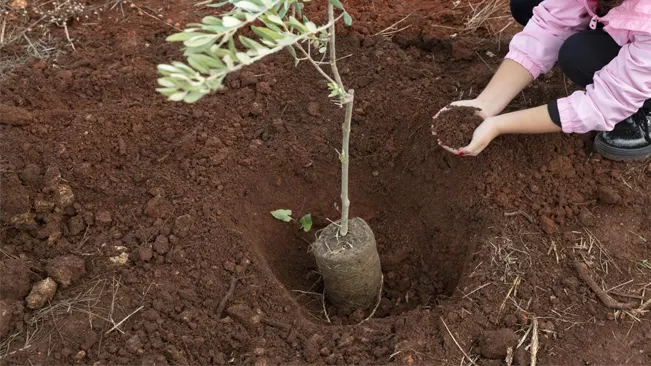
- Removing from Container: Be gentle to minimize root disturbance. If the tree is root-bound (roots tightly wound), lightly score the sides of the root ball to encourage outward growth.
- Positioning the Tree: Carefully place the tree in the center of the hole. It’s important to keep the tree straight and to ensure that the top of the root ball is level with the surrounding ground.
Backfilling
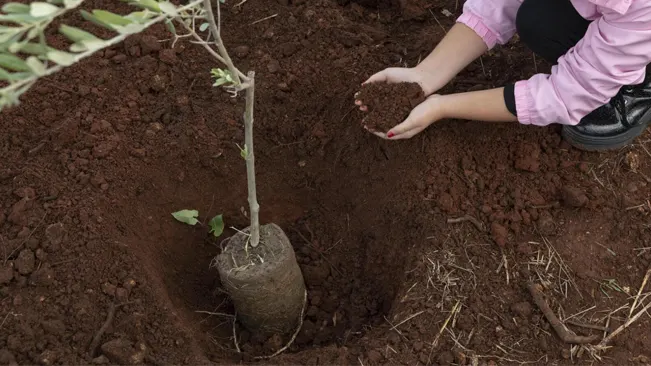
- Technique: Backfill with the excavated soil, mixing in organic matter if needed. While filling, gently tamp the soil to eliminate air pockets, which can dry out roots.
- Avoid Over-Compaction: Overly compact soil can make water penetration difficult and hinder root growth. The goal is to have the soil firm enough to support the tree but not so hard that roots can’t expand.
Caring for Your Olive Tree
Watering
Olive trees are drought-tolerant once established, but getting the watering right is crucial, especially in the early years. The key is to provide enough water to support the growth while avoiding excess moisture that can lead to root rot.
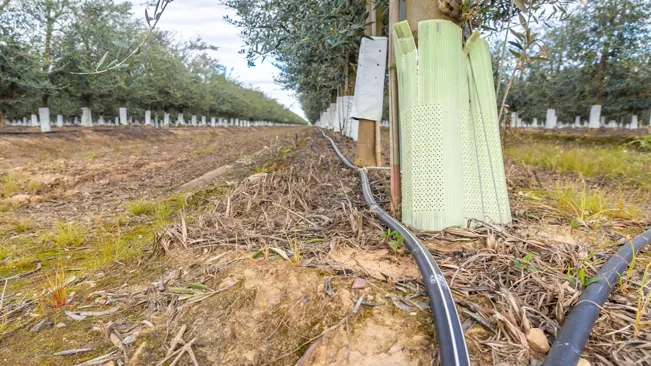
- Young Trees: For the first year or so, water your olive tree weekly, ensuring the soil is moist but not waterlogged.
- Established Trees: Reduce watering frequency as the tree matures. Generally, deep watering once a month is sufficient, but this can vary depending on your climate and soil type. During hot and dry spells, you might need to water more frequently.
- Drainage: Ensure good drainage around your tree. If you notice water pooling around the base after watering, consider improving the soil drainage or relocating the tree.
Fertilizing
Nutrition is vital for the growth and fruit production of your olive tree.
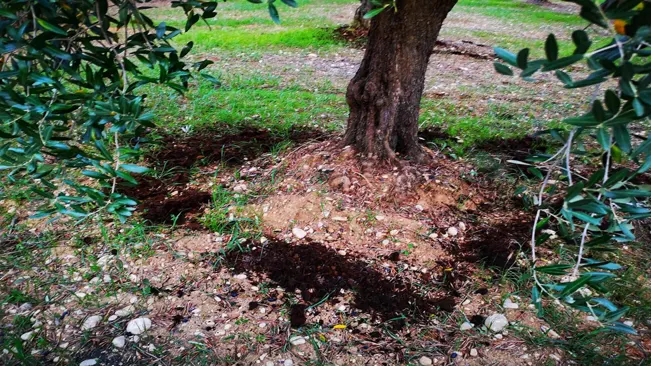
- Type of Fertilizer: A balanced, slow-release fertilizer is ideal. Look for one with equal parts nitrogen, phosphorus, and potassium (N-P-K).
- When to Fertilize: Apply fertilizer in early spring as new growth begins. This helps the tree prepare for the growing season.
- Method: Spread the fertilizer evenly around the base of the tree, extending out to the drip line (the outermost circumference of the tree’s canopy). Avoid placing fertilizer too close to the trunk.
- Additional Nutrients: Depending on your soil quality, your tree might benefit from additional iron or magnesium. Soil tests can guide specific nutrient additions.
Pruning
Pruning is essential for maintaining the health and productivity of your olive tree.
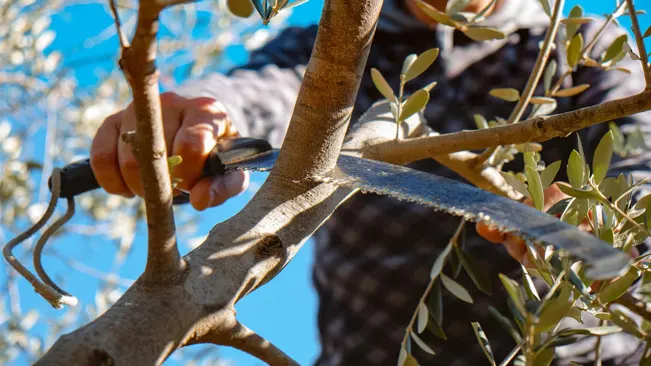
- Timing: Late spring, after the risk of frost has passed, is the best time to prune.
- Objective: Focus on shaping the tree, allowing light penetration, and air circulation. Remove any suckers, dead or diseased wood, and any branches that are crossing or rubbing against each other.
- Technique: Make clean cuts with sharp pruning tools. For larger branches, use a saw to avoid tearing the bark.
- Moderation: Be careful not to over-prune, as this can reduce fruit yield. Generally, removing about 10-30% of the total canopy each year is recommended.
Protecting from Frost
Young olive trees are more susceptible to frost damage than mature ones.
- Frost Blankets: Use frost blankets or burlap to cover your tree during cold nights. Ensure the cover reaches the ground to trap heat.
- Location: Plant your tree in a sheltered location if you expect regular frost. Areas near walls or buildings can provide additional warmth.
- Mulching: Apply a layer of mulch around the base of the tree to insulate the roots, but keep the mulch away from the trunk to prevent moisture buildup.
- Watering Before Frost: Interestingly, watering the ground around the tree before a frost can help, as moist soil retains heat better than dry soil.
Harvesting Olives
The harvesting of olives is a crucial aspect of olive cultivation, determining not just the yield but also the flavor profile of both the fruit and the olive oil produced. Understanding when and how to harvest can enhance both the quality and quantity of your harvest.
Knowing When to Harvest
Olive trees, depending on their variety, begin to bear fruit typically between 3 to 6 years after planting. The timing of harvest is critical and varies depending on what the olives are being used for
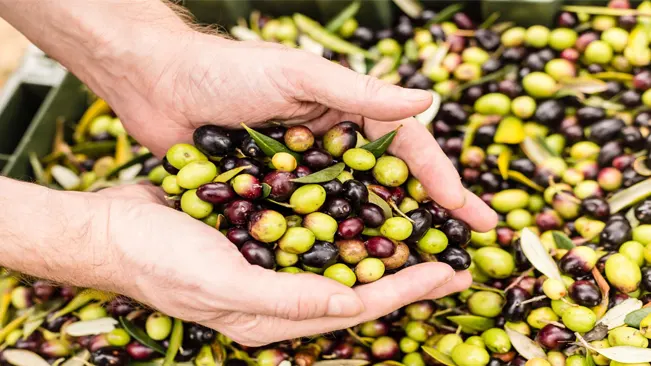
- For Eating: If you plan to eat the olives, the harvest time depends on the desired taste and texture.
- Green olives are harvested while they are unripe, usually in late summer to early fall. These have a firmer texture and a more bitter, vibrant flavor.
- Turning olives are picked during the color-changing phase, when the olives transition from green to a reddish or purple color. These offer a balanced flavor.
- Black olives are fully ripe and are harvested in late fall. They tend to be softer and have a milder, sweeter flavor compared to green olives.
- For Oil: If you’re harvesting for olive oil, the timing can affect the oil’s flavor and acidity. A mix of green and slightly riper olives often produces oil with a balanced flavor and lower acidity.
Harvesting Methods
There are various methods for harvesting olives, ranging from traditional to more modern techniques:
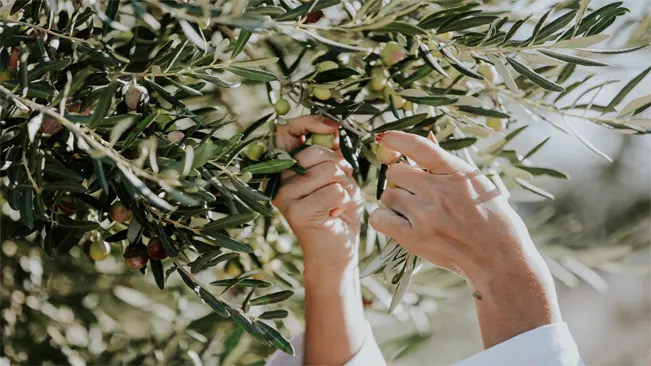
- Hand-Picking: This labor-intensive method is gentle on the trees and fruit, ideal for producing high-quality olives for eating. It involves picking olives by hand, one by one.
- Using Poles or Rakes: Using long poles or handheld rakes to gently beat or comb the branches, causing the olives to fall onto nets placed under the trees. This method is faster than hand-picking but can be more damaging to the fruit and tree.
- Mechanical Harvesters: Large scale operations often use mechanical harvesters that shake the trees or branches, causing the olives to fall. This method is efficient but can be harsh on the trees and is not suitable for all varieties.
Post-Harvest Handling

- After harvesting, it’s essential to process olives promptly, especially if they are to be used for oil, as delays can lead to fermentation and a decline in quality.
Curing Olives
Raw olives are inedible due to their natural bitterness. Curing is the process of removing this bitterness, and there are several methods:
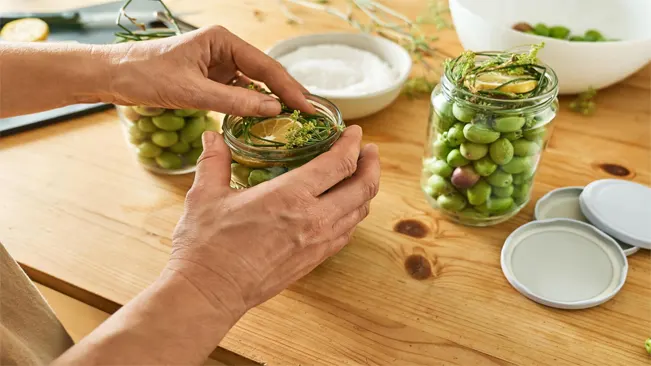
- Water Curing: Soaking olives in water that is changed daily over a course of several days or weeks.
- Brine Curing: Submerging olives in a saltwater solution for a few weeks to several months, depending on the olive size and type.
- Dry Curing: Coating olives in salt to draw out bitterness and moisture, typically used for ripe, black olives.
- Lye Curing: Using a lye solution to rapidly cure the olives, a method often used commercially.
Conclusion
Planting an olive tree can be a rewarding endeavor. With proper care, your tree will not only beautify your landscape but also provide a bountiful harvest of olives. Embrace the process and enjoy the journey of growing this symbol of peace and prosperity in your own backyard.
FAQs (Frequently Asked Questions)
- What is the best time to plant an olive tree?
The optimal time to plant an olive tree is in the spring or early fall, which allows the tree to establish roots in moderate temperatures before extreme weather conditions. - How much sun does an olive tree need?
Olive trees require full sun, meaning at least 6 hours of direct sunlight daily, to thrive and produce fruit effectively. - What type of soil is best for olive trees?
Well-draining soil with a slightly acidic to neutral pH (around 6 to 7) is ideal for olive trees. They don’t do well in heavy, clay-rich or overly soggy soils. - How do I prepare the soil for planting an olive tree?
Amend heavy soils with sand or gravel to improve drainage. It’s also advisable to test the soil’s pH and adjust it if necessary. - How deep should I plant an olive tree?
The hole should be just deep enough to accommodate the root ball. It’s important not to plant the tree too deep; the top of the root ball should be level with the surrounding soil. - How often should I water a newly planted olive tree?
Newly planted olive trees should be watered regularly to maintain moist, but not waterlogged, soil. Once established, they are quite drought-tolerant and need less frequent watering. - Do I need to fertilize my olive tree?
Yes, feeding your olive tree with a balanced, slow-release fertilizer in the early spring can promote healthy growth. Avoid over-fertilizing, especially with nitrogen-rich fertilizers. - How do I prune an olive tree?
Prune in late winter or early spring. Remove dead or diseased branches, and thin out dense growth to allow light into the canopy. If you’re growing the tree for fruit, strategic pruning is essential for good yields. - How long will it take for my olive tree to bear fruit?
Olive trees typically begin to bear fruit within 3-5 years of planting, but full fruit production can take up to 5-12 years, depending on the variety and growing conditions. - Can I grow an olive tree in a pot?
Yes, olive trees can be grown in large pots or containers, provided they have sufficient drainage. Container-grown trees will need more frequent watering and repotting every couple of years.
For more expert gardening advice, explore our guides, discover top recommendations in our best section, and delve into in-depth product reviews in our review section.

Kristine Moore
Forestry AuthorI'm Kristine Moore, a seasoned garden landscaping professional with over 30 years of experience. My extensive career has been dedicated to transforming outdoor spaces into stunning, sustainable landscapes. With a deep understanding of horticulture, design principles, and environmental stewardship, I have become a respected figure in the field, known for creating harmonious, visually appealing, and eco-friendly gardens. My commitment to excellence and continuous learning in landscaping trends and techniques has solidified my reputation as an expert in garden design and implementation.

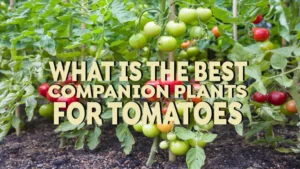











Leave your comment